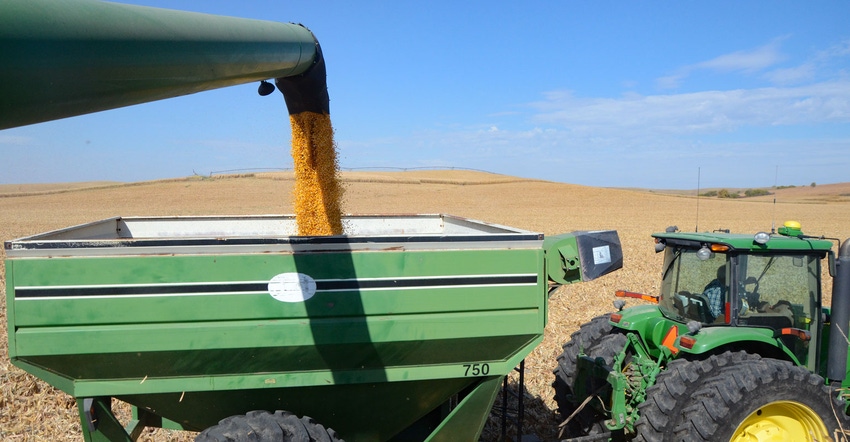September 3, 2019

By Robert Tigner
Marketing a farm production is one of the most important management activities that farm owners accomplish. Farmers are both an optimistic and a pessimistic lot. Planting is a very optimistic activity. However, their pessimism about prices often stymies a marketing plan.
A few best management practices (BMP) can help marketers to implement their plan. The following practices can reduce the emotion in marketing and push forward implementation:
BMP 1: Understand the current market fundamentals. Marketers need to understand what influences supply and demand. Questions such as "What is the export pace for the year?" and "What are the current crop ratings?" are examples of the supply and demand data farmers should use to develop a marketing plan.
All this information is publicly available from the USDA. Some marketing services also provide this data and accompany it with commentary about the changes in data over time.
The tough part of obtaining these data from marketing services is accuracy of opinion. As we all know, predicting the future is difficult, so uncertainty should always be part of any analysis or opinion.
BMP 2: Know your local basis history. The local cash price, quoted by a grain buyer, is made of two components — the futures price and the basis. Basis is essentially the fee that grain buyers charge farmers to handle and resell their grain. Basis tends to have much less variance than the futures price of a commodity.
The basis value changes with supply-demand conditions and the cost of transport to a terminal facility. Basis can give signals to sell or hold grains depending on the current value of basis compared with basis history.
BMP 3: Know your storage costs. Storage can be a useful marketing tool to wait out price lows. Two pieces of information are needed to determine if storage will increase your net income: first, the difference in grain prices between delivery periods (sometimes called spreads or carry), and second, the cost of storage, long term or short term.
If the carry is more than the cost to store, then a farmer should consider selling grain now and placing it (or leaving it) in storage for future delivery. That storage may only be for a few weeks or may be several months.
Large crop years are the usual time when there are large differences between cash bids for different delivery dates, providing farmers the opportunity to benefit from storage. Short crop years often have a negative carry, meaning future months pay less for a commodity, indicating to farmers that they should make sales now rather than storing their grain for later.
BMP 4: Know your cost of production. Understanding your expected full cost of production is one element of a preharvest marketing plan. However, marketers also should calculate cash flow per bushel. At a bare minimum, price targets must be set above the cash flow-per-bushel number.
If calculated cash flow per bushel is above current prices, the farm manager may need to reduce costs, explore other income sources or increase borrowing. Borrowing will need to be a short-term solution, and if not, equity will be lost and the farm business may end.
BMP 5: Be prepared to adjust. The best marketing plan always will need adjustment, change or redirection. The 2012 Corn Belt drought is a good example of this principle. During July 2011, the southern and southeastern U.S. had a widespread drought. Some climatologists have suggested that this southern drought is the precursor to Midwestern drought.
In early May 2012, drought was apparent in Minnesota and northwest Iowa. By June, drought was widespread in the Corn Belt and very serious by July. As that drought unfolded, developed marketing plans should have adjusted.
The same marketing plan adjustment would take place if a new buyer came into the U.S. corn market creating new demand. Another example of adjustment is the U.S.-China trade conflict. China retaliated to U.S. tariffs by announcing it would place 25% tariffs on U.S. soybeans.
These marketing best management practices are not intended to tell a farm marketer how and when to sell grains. However, the best management practices help in developing a marketing plan that meets the needs, including cash flow timing and profitability, of the farm business.
Follow-through after marketing plan development is necessary for the farm business to realize benefits from it.
Tigner is a Nebraska Extension agricultural economics educator.
You May Also Like




